EAT, SLEEP, ANIMATE.
I knew from the get go I was going to hire assistance for my character animation. Here’s the workflow I established for my production.
01_ I do all the rough animations.
02_ Cleanup artist traces over my rough animation with the pencil tool
02_ Cleanup artist traces over my rough animation with the pencil tool
I call it “rough” animation, but I covered all the in-betweens and tie-downs and tried cleaning up my lines as much as possible. This was to make it not only easier for the cleanup artists to trace over, but also for the sake of quality control, ensuring all the characters look like they were drawn by the same person.
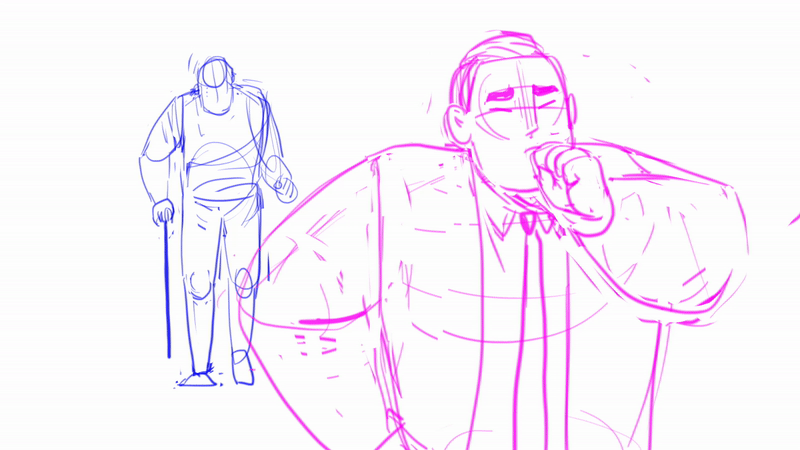
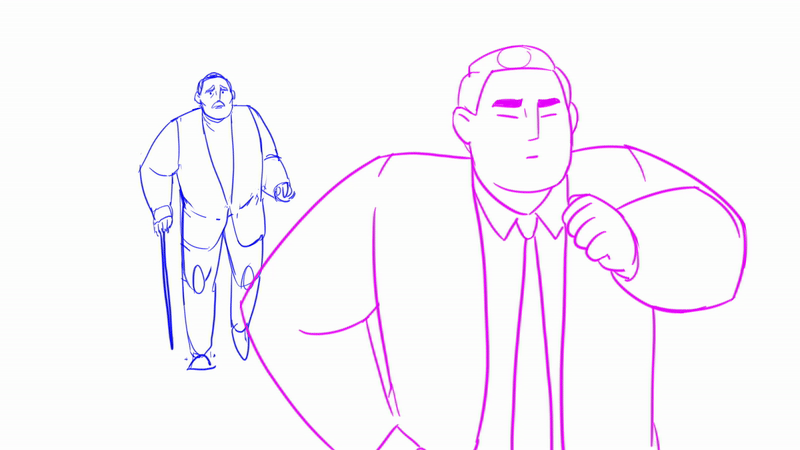
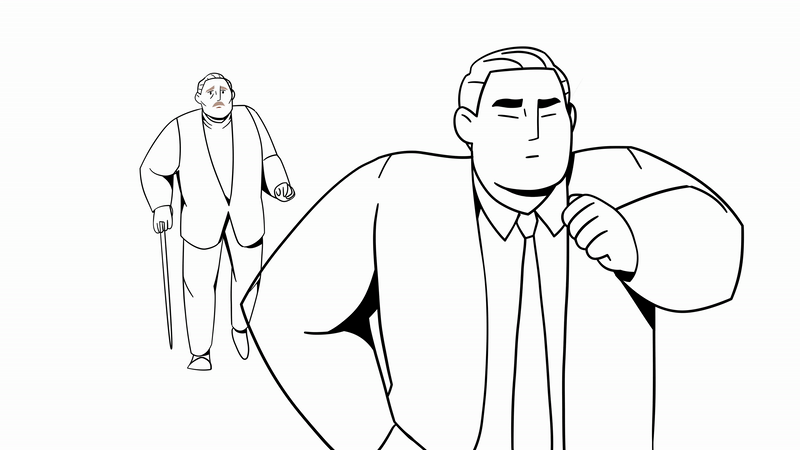
Thus, from January up until mid March, my entire efforts went almost exclusively into making the rough animations. Here and there, as my “break” I would work on setting up the 3D scene for the flashback sequence. Otherwise, there were many days where the moment I woke up, I held my WACOM pen and started drawing, and then animated I could eventually no longer keep my eyes open and crashed into bed. Each time I finished a sequence, I plugged them into my animatic to see how the timing fit. And frankly, while there were many parts of the process that got obscenely tedious, there was also nothing like the dopamine rush that hit upon seeing how each shot came to life once the characters were animated.
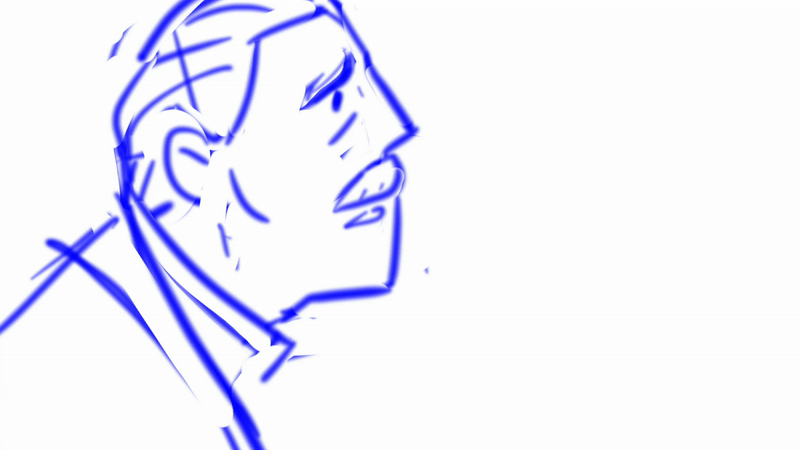
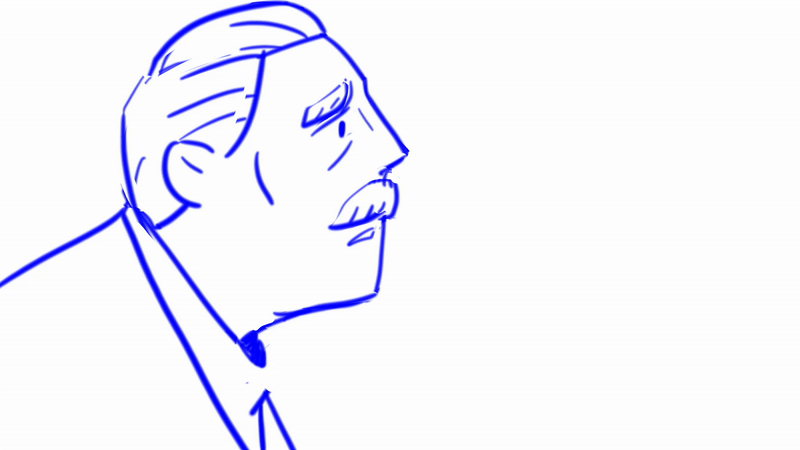
HIRING CLEANUP ARTISTS
In December, I thought I’d need one or maybe, let's get crazy, two cleanup artists to help me. I started sending out a mass recruiting email to artists on ArtStation:
Over the course of a month, I got about four artists who were interested in taking on the job. I started off working with one artist in February to have a realistic sense of how long the cleanup job would take.
Things took a turn when I had Aida, another artist I connected on ArtStation, join me on the job. She gave me a realistic assessment of how much more help I’d need if I wanted to cover all 4 minutes 30 seconds worth of cleanup. She then recommended 2 more cleanup artists. By this time, I was already nearing the end of February and I started realizing I may not finish the film if I don’t get more help.
Three more artists I found on ArtStation joined the team. One of the three artists then brought three more additional artists to the project. Then a friend who taught at Pratt at the time, reached out offering to share my project with her students as a way to recruit more assistance. That brought on one additional cleanup assist and three people who ended up helping with coloring in a later stage.
At one point, I found myself with a spreadsheet managing 15 different artists all over from Mexico, Brazil, Jordan and Malaysia.
MANAGING THE TEAM
It was imperative that I streamline a solid workflow in order to manage the team of artists as well as delegate the jobs as efficiently as possible.
01 | Manual
To communicate exactly what I need from my artists, I put together a deck that goes through what I’m looking for step by step. You can find the manual HERE.
02| Job Sheet
It was important the artist and I were on the same page about how much work the artist was doing and his/her compensation. After setting a rate, I set up an Excel sheet that kept track of how many seconds of animation they had done and would then update the total amount of compensation accordingly.
03| Google Drive
This would be the ultimate hub that stored the manual, the job sheet as well as our contracts for the job. All the assignments/ completed jobs were uploaded here.
And then to keep track of which shot I gave to what artist and its progress status, I had a master sheet where I listed all my artists and linked their Google Drive.
ORANGE - in progress
GREEN - completed
GREEN - completed
Among all the things I had to do for this film, putting on my producer hat and hiring/managing these artists was one of the highlights. I genuinely enjoyed working and communicating with these artists. It was important to me that my artists knew how much I appreciated the time and effort they put into the work, and how well they responded to my requests for revisions. Personally, I found it a joy explaining the significance of the shot they were working on as a way to stress how much their work mattered.
